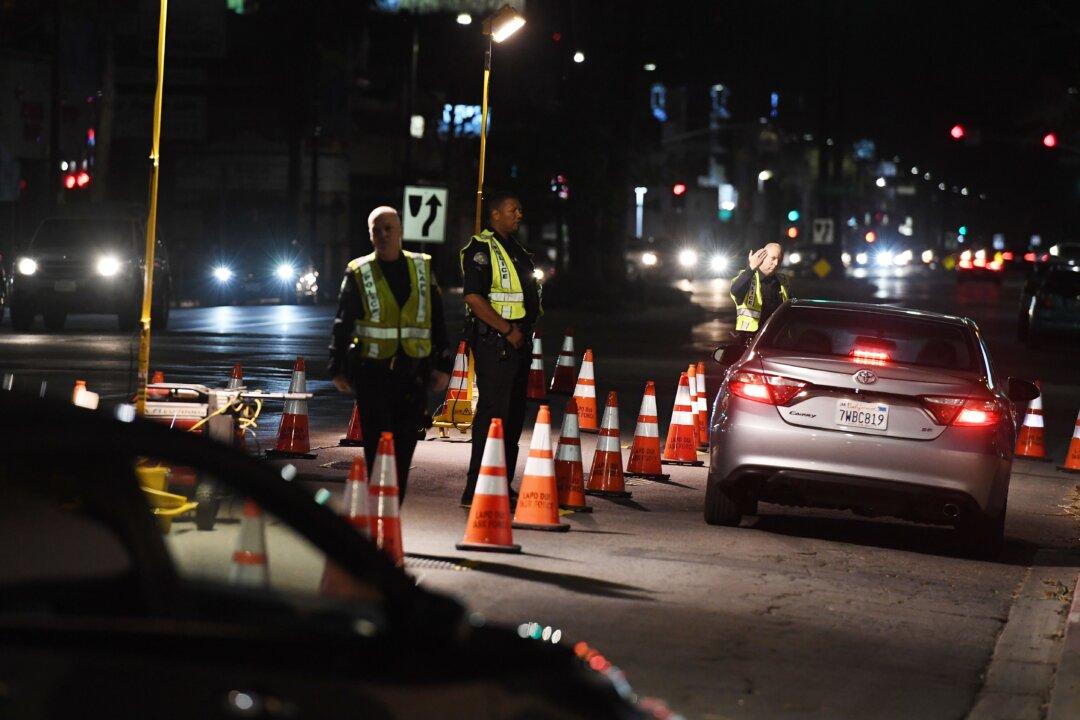Devices that prevent people from driving under the influence (DUI) of alcohol will be installed more widely across California.
After a pilot project lasting eight years proved successful, the devices that prevent offenders from starting their cars after failing the breathalyzer test, will be rolled out from Jan. 1, 2019. After the initial breathalyzer test on ignition, there are also random tests while driving to deter the driver from drunk driving.




